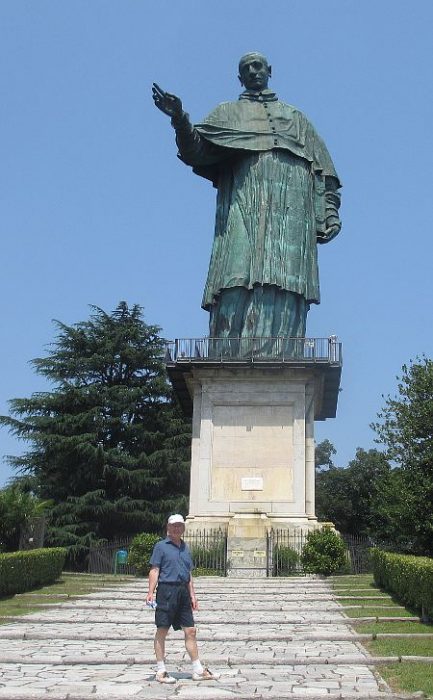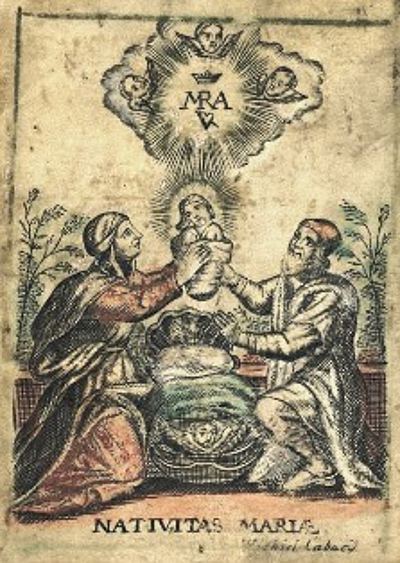Sacra Liturgia UK har nylig hatt en interessant konferanse i London, og på NLM-bloggen har de offentliggjort referater fra konferansens fire dager.
Her er referatet fra første dag med (det svært mye omtalte) innledningsforedraget til kardinal Robert Sarah. Hele dette foredraget kan leses her.
Andre dag inneholder følgende referater:
The day began with Dom Alcuin Reid and his paper entitled On the Council Floor: The Council Fathers’ Debate of the Schema on the Sacred Liturgy, in which the question was posed: what did the Fathers of Vatican II think they were approving in Sacrosanctum Concilium – liturgical evolution or revolution? …
Dom Charbel Pazat de Lys then gave a paper entitled The Public Nature of the Liturgy, in which he examined the practical, sociological, institutional and christological meanings of the word «public». …
Prof. Peter Stephan’s paper was entitled The Vicissitudes of Liturgy and Architecture Shown at the Example of Berlin’s Cathedral of St Hedwig, in which he explored the «anti-liturgical modification» of historical churches. …
After lunch, Dr Jennifer Donelson (of NLM) gave her paper, Origins and Effects of the Missa Lecta: Priestly Musical Formation in a Low Mass Culture. …
A panel discussion on Sacred Music followed, which included Prof. William Mahrt, the publisher of NLM. There were lively discussions and exchanges regarding the best ways to introduce into a parish the singing of the propers and the resources available to help with this, along with other topics. …
Tredje dag er det referat fra:
Dr Clare Hornsby gave a lecture with the title: The Council of Florence of 1439: Diplomacy, Theology and the Arts in Early Renaissance Italy.
Fr Uwe Michael Lang was next to speak, with a paper entitled The Tridentine Liturgical Reform in Historical Perspective.
The next paper was delivered by Bishop Alan Hopes, entitled Sing a New Song to the Lord: Towards a Revised Translation of the Liturgy of the Hours.
The fourth paper of the day was by Prof. Joris Geldhof, entitled Liturgy Beyond the Secular.
The final paper of the day was «Especially in Mission Territories» (SC 38)? New Evangelisation and Liturgical (Reform of the) Reform was given by Dr Stephen Bullivant,
Fra fjerde dag er det følgende referater:
Prof. Helmut Hoping’s paper on one of the most fundamental aspects of our liturgy, Liturgy and the Triune God: Rethinking Trinitarian Theology.
Fr Michael Cullinan then gave us a slightly different perspective as a moral theologian in his paper The Ethical Character of the Mysteries: Observations from a Moral Theologian.
The next paper was given by Prof. David Fagerberg on Doing the World Liturgically: Stewardship of Creation and Care for the Poor.
The fourth talk was given by Mgr Andrew Burnham, on Divine Worship: The Missal and «the liturgical books proper to the Anglican Tradition» (Anglicanorum Coetibus, III).
Archbishop Salvatore Cordileone then offered some concluding reflections, summing up the talks and liturgies of the conference. He urged patience with regard to the upcoming work of the CDWDS regarding the question of the reform of the reform, but said that the celebration of the Mass ad orientem in the usus recentior would go a long way towards preparing the way for it, and reiterated Cardinal Sarah’s appeal to priests to begin celebrating Mass eastwards from the 1st Sunday of Advent this year. He encouraged all present to pay attention to the details of the liturgy in the celebration of it, holding up the London Oratory as an model and exemplar.






